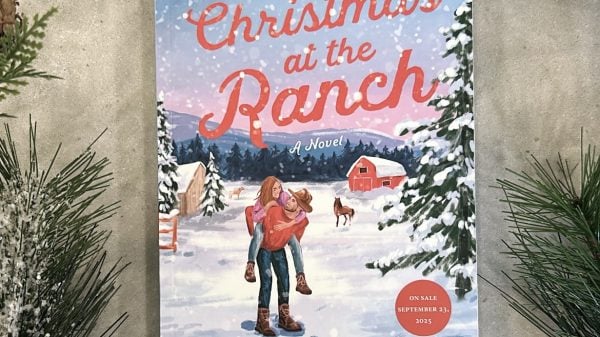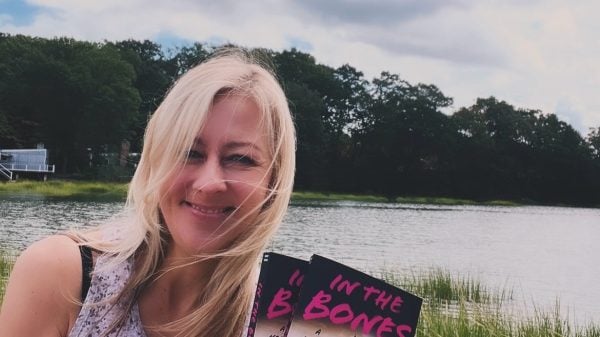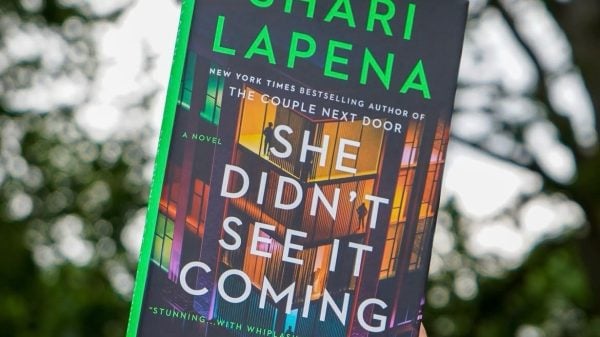Welcome to STYLE Canada‘s Boreal Book Club: a monthly meeting narrated by Girl Well Read, for bookworms who’re looking to scour new pages. Since we aim to shine a spotlight on all things Canadian in life and style, beauty, and health and wellness, it goes without saying that every instalment of the Boreal Book Club will feature a Canadian author and their latest title. Be sure to use the hashtag #BorealBookClub to share with us on social!
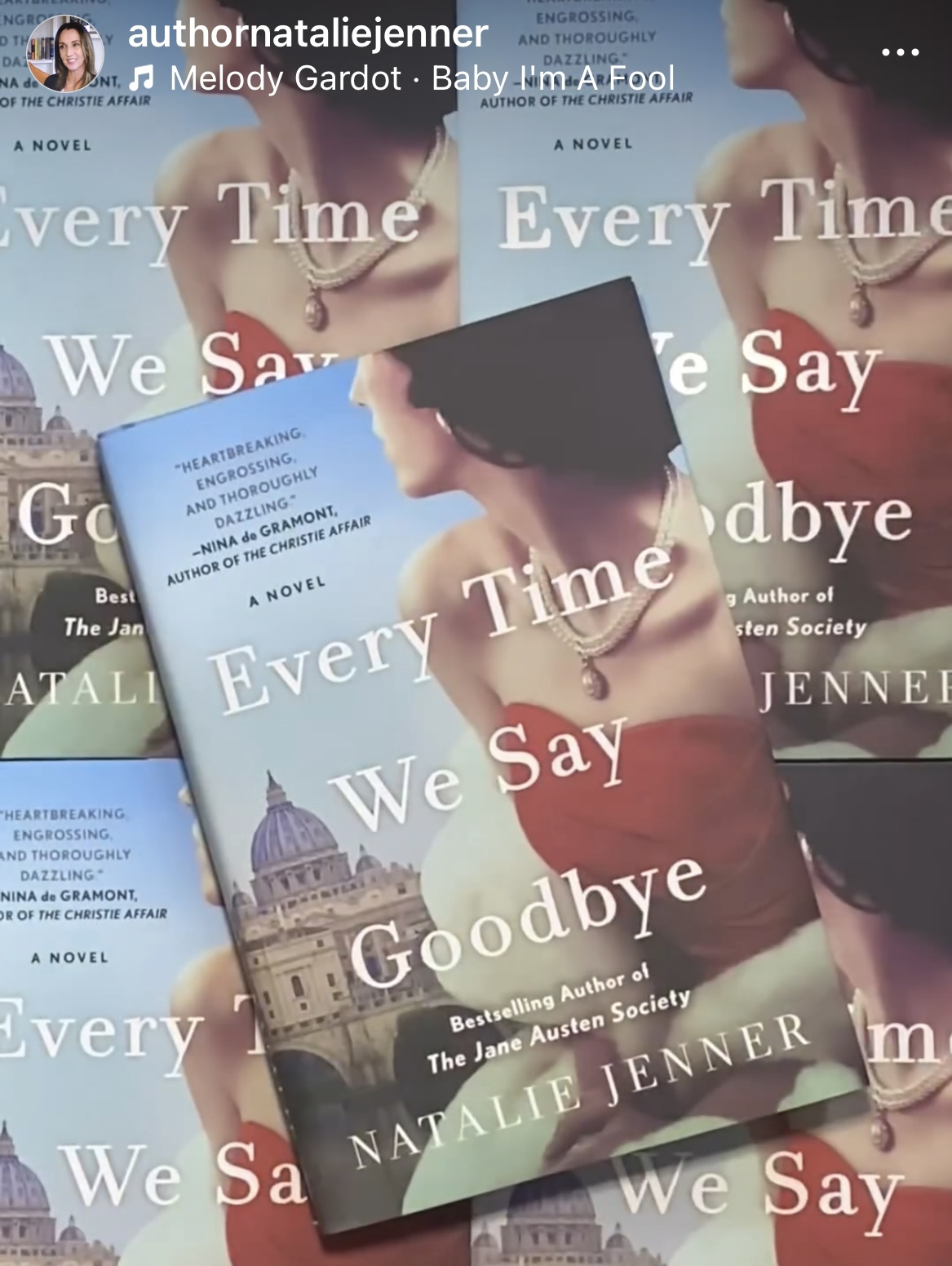
Photo Credit: @authornataliejenner via Instagram
In 1955, Vivien Lowry is facing the greatest challenge of her life. Her latest play, the only female-authored play on the London stage that season, has opened in the West End to rapturous applause from the audience.
The reviewers, however, are not as impressed as the playgoers and their savage notices not only shut down the play but ruin Lowry’s last chance for a dramatic career. With her future in London not looking bright, at the suggestion of her friend, Peggy Guggenheim, Vivien takes a job in as a script doctor on a major film shooting in Rome’s Cinecitta Studios.
There she finds a vibrant movie making scene filled with rising stars, acclaimed directors, and famous actors in a country that is torn between its past and its potentially bright future, between the liberation of the post-war cinema and the restrictions of the Catholic Church that permeates the very soul of Italy.
As Vivien tries to forge a new future for herself, she also must face the long-buried truth of the recent World War and the mystery of what really happened to her deceased fiancé. Every Time We Say Goodbye is a brilliant exploration of trauma and tragedy, hope and renewal, filled with dazzling characters both real and imaginary. (From HarperCollins.)
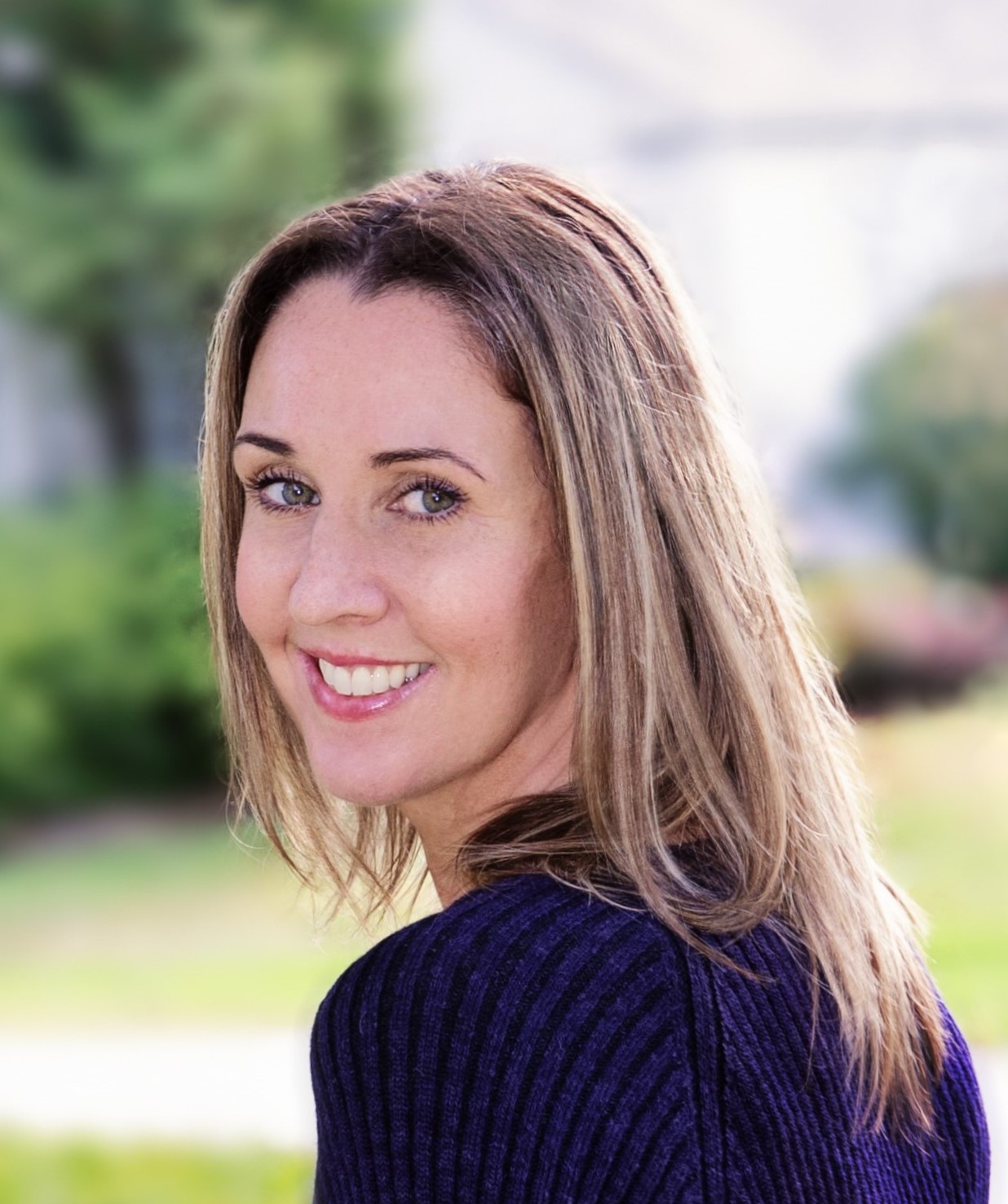
Natalie Jenner Author
Jenner’s latest once again brings a vibrant cast of characters to life—including cameos from her previous two novels (The Jane Austen Society and Bloomsbury Girls) and by classical Hollywood cinema’s leading ladies.
The story takes place in post-war Italy where a group of American and British expatriates become entangled in controversy while making a movie about a female Italian resistance fighter during the occupation called “La Scolaretta,” the Schoolgirl assassin. Her story makes up the dual narrative.
Meticulously researched, this novel demonstrates how impactful art is not only to preserve our history, but as a medium to communicate to the masses as well as entertain.
Every Time We Say Goodbye is a cinematic novel of love, art, grief, and of confronting the past to face the future.
NATALIE JENNER is the author of the instant international bestseller The Jane Austen Society and Bloomsbury Girls. A Goodreads Choice Award runner-up for historical fiction and finalist for best debut novel, The Jane Austen Society was a USA Today and #1 national bestseller, and has been sold for translation in twenty countries.
Born in England and raised in Canada, Jenner has been a corporate lawyer, career coach and, most recently, an independent bookstore owner in Oakville, Ontario, where she lives with her family and two rescue dogs.
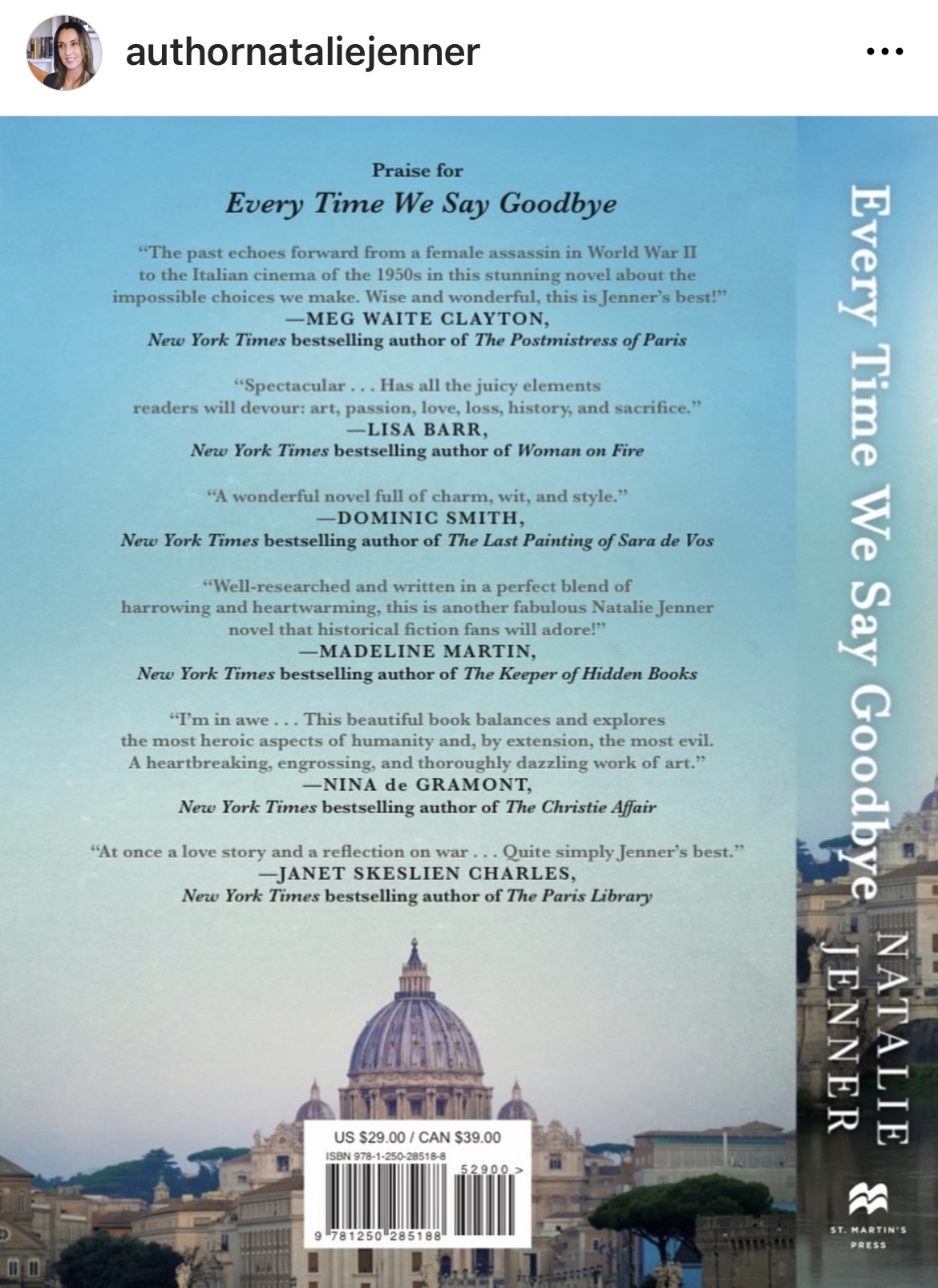
Photo Credit: @nataliejennerauthor via Instagram
GWR: How long did it take you to write Every Time We Say Goodbye, and how many drafts were there before publication?
NJ: I tend to have a “four seasons” energy when it comes to writing: I start with the hopefulness of spring, finish with the sharpened-pencil mood of fall, buckle down in our Canadian winter to edit, and deliver the final MS at its end. With Every Time We Say Goodbye, it was the same: roughly a year, May to April, and about three substantive drafts in total—but months of line editing in between!
GWR: What was the genesis of the novel?
NJ: In the spring of 2021, I was rewatching Day For Night, an old Francois Truffaut film about film, and ended up falling down a Wikipedia rabbit hole when I learned that Rome’s famous Cinecittà studios had been used as refugee camps during and after WWII, and that some refugees might even have been extras during filming there of the Hollywood epic Quo Vadis. This lit a creative spark in me, and I decided (helped by lack of travel in 2021 due to the pandemic!) to set my next book in Rome, my favourite city.
GWR: What do you have more fun with, character development or plot?
NJ: I write line by line, without outlining or knowing what is going to happen, so everything—plot and characters—is fun for me. This also means that the characters drive the plot: I feel like I am a tin can tied to their collective bumper, being pulled along in their wake, and only discovering their secrets along the way. The absolute most fun for me is when I finally realize what those secrets are.
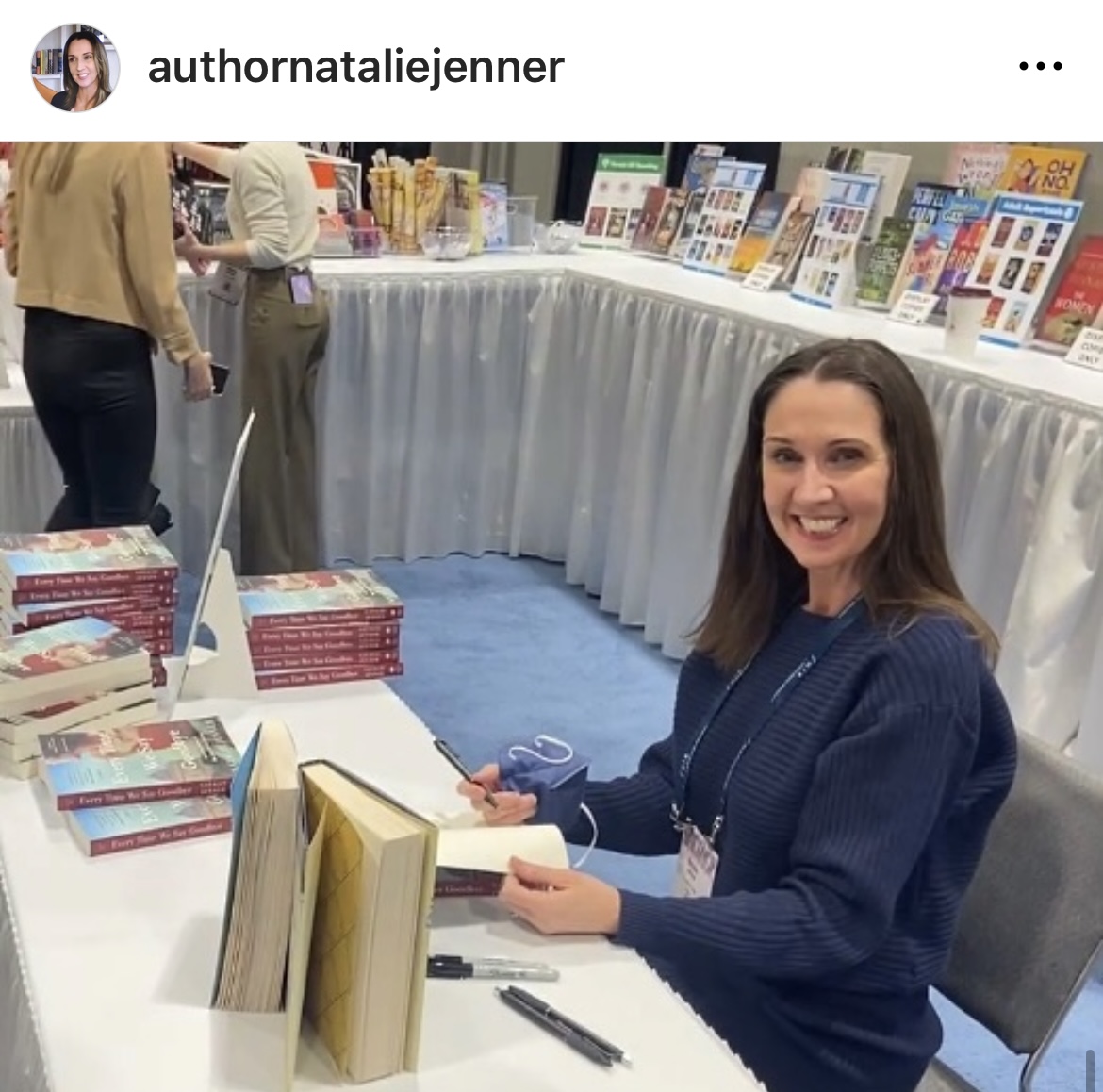
GWR: Your books are always meticulously researched and detailed—can you tell us about the process?
NJ: My process is very haphazard, in part because the subject matter of each book drives the research. But basically, I research just enough before I start writing to ensure a sense of time and place, then as I write I research whatever pops up in the plot. I can say that the research for Every Time We Say Goodbye was the most intense, intensive, and harrowing that I have ever done. From war orphans, partisan resisters, religion and censorship, to Italian laws, culture, cinema, and politics: much of this was brand new to me, and I felt a real imperative to get it as right as possible, out of respect for that amazing country and its equally amazing people.
GWR: What made you decide to write a dual timeline? Was it easier or more challenging?
NJ: I never had any intention of writing a dual timeline. In fact, I was halfway through the book, when one morning (and I will never forget this moment) I sat down at my laptop and suddenly the words “The handbag is almost empty inside” just popped onto the page. Right way, I realized I was inside the head of la scolaretta, the fictional “schoolgirl assassin” that many of my 1950s characters had been referencing in the plot. In a way, she made me write her, probably to get her right—or at least better than I had been doing! So again, the story sowed the seeds for that decision. It wasn’t necessarily easier, but I did love finding ways structurally to connect the two timelines, and create echoes between the respective plots, themes, characters, and settings.
GWR: Setting always plays such an important part in your novels. Although this book is largely set in Rome, it begins and ends in England—do you have ties to either country?
NJ: My love for Italy, and Rome in particular, started in adolescence: I happen to be one of the last high-school Latin graduates in the province of Ontario! For six years I daily parsed the writings of Virgil, Ovid, and Catullus, and saw the intricate connection between that dead language and our own—in fact, it’s one of the few subjects I studied that impacts me still to this day and in a very fun, writerly way. I have since visited Italy several times, and Rome remains my favourite city in the world.
I only recently realized that all of my books end in England, which makes me appreciate what some call ancestral memory—all I know, is that I have always felt an incredibly strong attachment and affinity to all things British. My father, brother, and I were born in England, and I grew up in a very British-Canadian household: kippers for Christmas morning breakfast, Some Mothers Do ’Ave ’Em on the tv. I continue to visit my paternal family and friends there every chance I get.

Photo Credit: @nataliejennerauthor via Instagram
GWR: Was it hard to say goodbye to the characters in these books?
NJ: No, but probably only because I always try to leave my characters in the best place in life that I can, ready to face whatever life throws at them next. I think I purposefully do that in order to feel closure—yet I keep finding ways to revisit many of my characters in subsequent books, so I think perhaps I am just really bad at goodbyes!
GWR: If your book was a beverage, what would it be?
NJ: An Aperol Spritz: summery and long-lasting, with a refreshing bite.
GWR: What are you working on now?
NJ: I am putting the finishing touches on Austen at Sea, which is the tale of two daughters of a Massachusetts supreme court justice who start a correspondence with Jane Austen’s last surviving sibling, a ninety-one-year-old retired admiral, and travel by mail packet steamship to meet him in the summer of 1865 just as the civil war has ended. In their absence, their widowed father’s colleagues on the bench start a judicial reading circle dedicated to Austen as a means of distracting him. Louisa May Alcott also makes an appearance in the plot, leading the other women on board ship in a charity performance of vignettes from A Tale of Two Cities. A literary treasure hunt soon ensues, culminating in climactic court cases on both sides of the Atlantic involving a piece of Austen history and a multitude of characters including theatre impresarios, street waifs, newspapermen, suffragists, gypsy fortune tellers, and many more (my quasi-tribute to Dickens). These is also a very loose connection to my first novel, The Jane Austen Society, which has made the entire writing experience especially gratifying and “full circle” for me as a writer—see my failure at closure, above!




